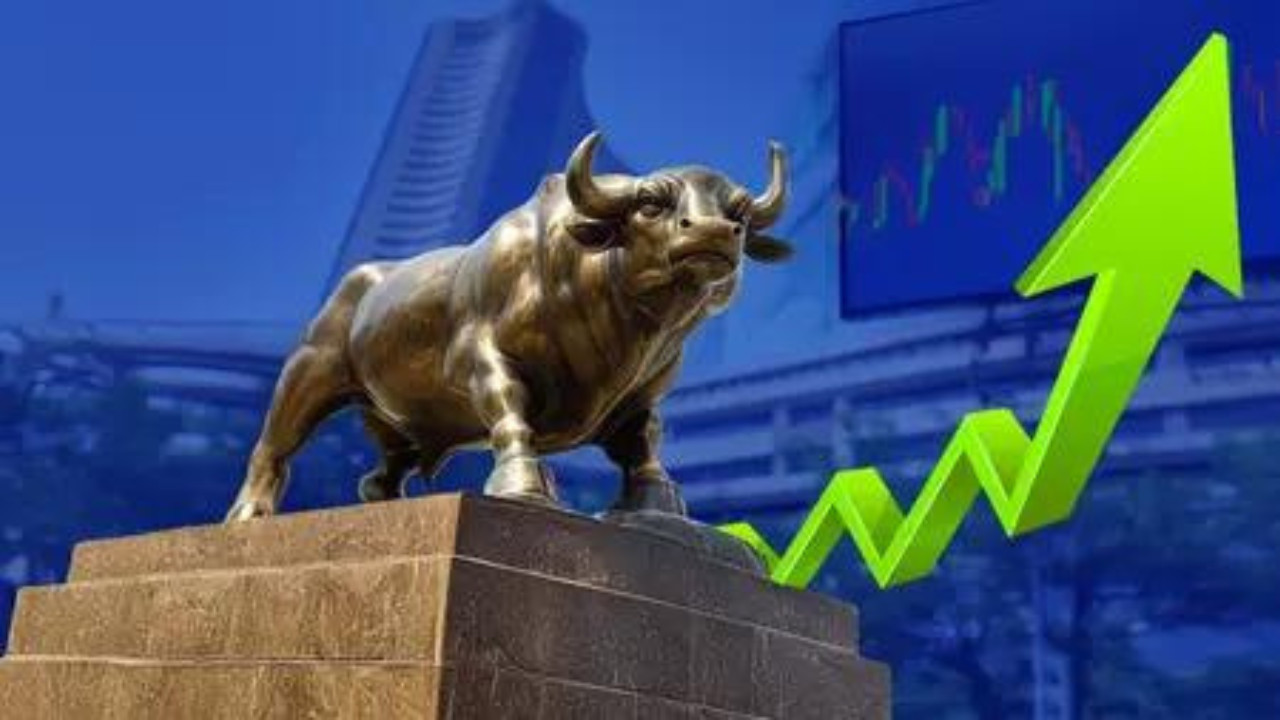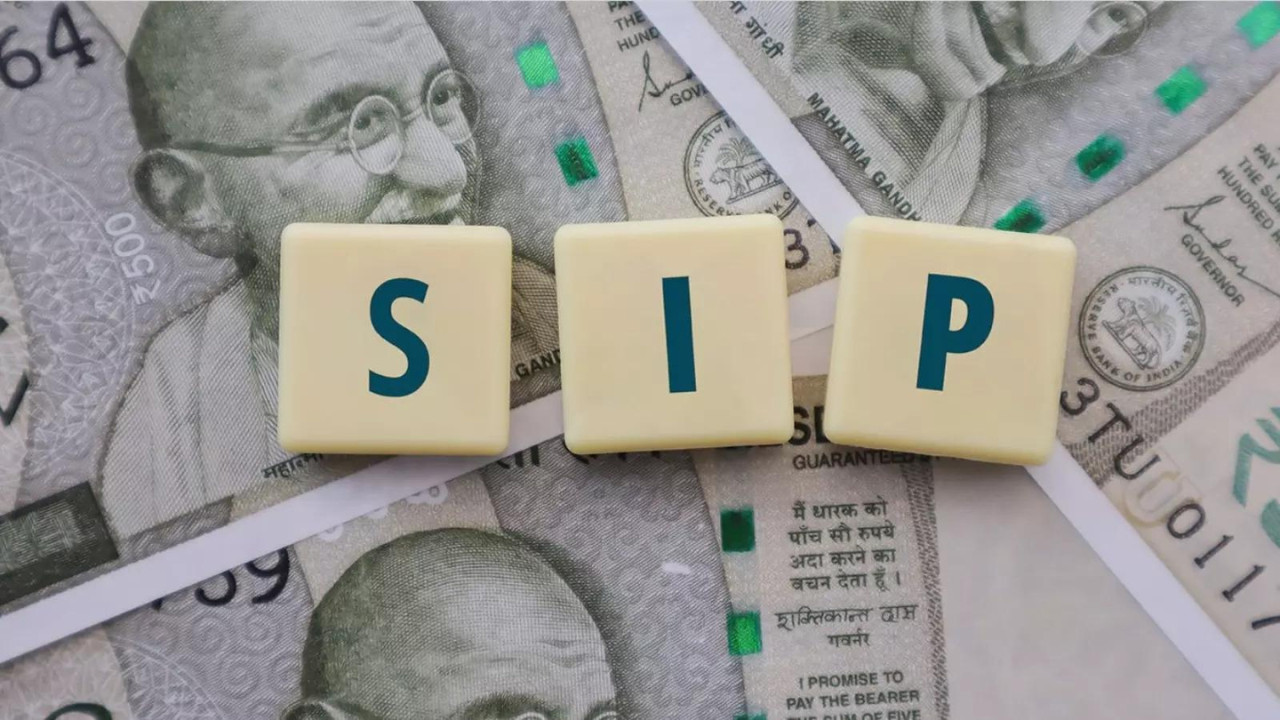Emkay Research anticipates significant stock market growth, projecting the Nifty 50 to reach 28,000 by September 2026, driven by the government’s GST rationalisation initiative. This reform is expected to boost economic growth, enhance competitiveness, and accelerate the formalisation of the Indian economy. S&P’s recent rating upgrade further supports India’s economic robustness.
India’s Stock Market Poised for a GST-Fueled Ascent?
India’s stock market landscape is buzzing with anticipation, and recent projections suggest a potentially significant surge is on the horizon. The driving force? Ongoing Goods and Services Tax (GST) reforms, acting as a powerful tailwind for economic growth and corporate earnings. But are these predictions just optimistic forecasts, or are they grounded in tangible realities? Let’s delve into the factors fueling this potential boom.
GST Reforms: The Catalyst for Growth
The implementation of GST was a landmark moment for the Indian economy, streamlining a complex web of indirect taxes into a unified system. While the initial rollout faced its share of challenges, subsequent reforms have been instrumental in ironing out the kinks and boosting efficiency. These reforms have simplified compliance, reduced cascading taxes, and fostered a more level playing field for businesses, particularly small and medium-sized enterprises (SMEs).
The impact is already being felt. Enhanced tax compliance translates to increased government revenue, which can then be channeled into infrastructure development, social programs, and other initiatives that further stimulate economic activity. Moreover, the simplified tax structure has lowered transaction costs for businesses, freeing up resources for investment and expansion. A well-oiled GST system is like a supercharger for the Indian economy.
Nifty50: Aiming for New Heights

Projections indicate that the Nifty50, India’s benchmark stock market index, could potentially reach a staggering 28,000 by September 2026. This ambitious target isn’t just pulled out of thin air. It’s based on the assumption that the momentum generated by GST reforms will continue to propel corporate earnings and investor confidence. Several sectors are expected to benefit disproportionately, including consumer discretionary, financials, and manufacturing. These sectors are highly sensitive to improvements in economic activity and consumer spending, making them prime candidates for growth in a GST-driven environment.
Think about it: a consumer goods company benefits from lower input costs due to GST efficiencies, leading to higher profit margins. A bank benefits from increased lending activity as businesses expand and consumers spend more. A manufacturing company benefits from streamlined supply chains and reduced compliance burdens, boosting production and competitiveness. These are just a few examples of how GST reforms can ripple through the economy, ultimately driving corporate performance and stock market gains.
Beyond the Numbers: Investor Sentiment and Global Factors
Of course, the stock market is influenced by a myriad of factors beyond just GST reforms. Investor sentiment, global economic conditions, and geopolitical events all play a significant role. A stable political environment, coupled with continued government commitment to economic reforms, is crucial for maintaining investor confidence. Similarly, a favorable global economic outlook can boost export demand and attract foreign investment, further fueling market growth.
However, it’s essential to acknowledge potential headwinds. A slowdown in global growth, rising interest rates, or unexpected geopolitical shocks could dampen investor enthusiasm and derail the projected rally. The stock market, by its very nature, is subject to volatility, and unexpected events can always throw a wrench in the works.
Staying Invested in India’s Growth Story
India’s economic trajectory remains promising. The ongoing GST reforms, coupled with other government initiatives aimed at promoting investment and entrepreneurship, are creating a fertile ground for growth. The stock market, as a barometer of economic activity, is likely to reflect this positive momentum.
This isn’t a guaranteed path to riches, however. Investors should approach the market with a long-term perspective, diversifying their portfolios and managing risk effectively. Staying informed about economic developments, policy changes, and global trends is crucial for making sound investment decisions. You can also explore other investment avenues like mutual funds focusing on specific sectors expected to benefit from these reforms. See our guide on responsible investing for more tips.
The Road Ahead: Cautious Optimism
The potential for the Nifty50 to reach 28,000 by 2026 hinges on the continued success of GST reforms and a favorable economic environment. While the projections appear optimistic, they are grounded in the tangible benefits that GST is already delivering. By continuing to streamline processes, address implementation challenges, and foster a collaborative approach between the government and businesses, India can unlock the full potential of GST and pave the way for sustained economic growth and stock market prosperity. The Indian market presents both risks and rewards, requiring a balanced approach and a keen eye on unfolding developments.







